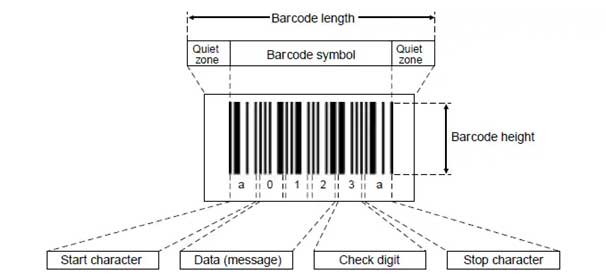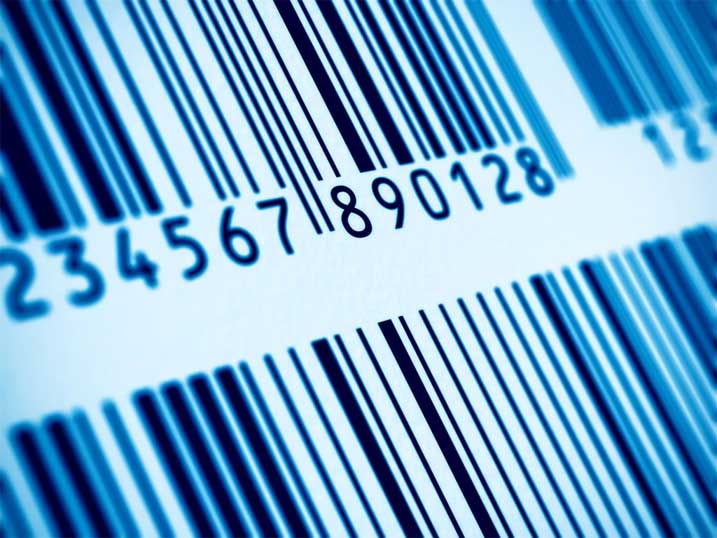Barcodes are an integral part of the average consumer’s daily life, from ID books and concert tickets to groceries and library books. They can also help business owners to save time and money.
Interestingly, it is not the use of barcodes in a business that saves them time and money but the systems and software behind them which you can read about on www.barcodessouthafrica.co.za
This is something that having can help you in the following five ways:
1) Tracking your business’s inventory
Using barcodes in business to track the inventory of your company will help you to stay on top of where your stock is and how much of each item you have. The basic items you need to do this are a scanner and a software program loaded onto your computer, iPad, or cell phone. All products have barcodes on the label – and when an item is sold or removed from stock, scanning the label is all that is required to update your inventory.
2) Monitoring your assets
No matter how big or small your business might be, all fixed assets need to be barcoded. This could include assets such as photocopiers, iPads, laptops, computers, software, desks, chairs, tools and equipment. Implementing a basic system that tracks your assets can save your IT department a lot of time, particularly if the department is based in another office or city, which is often the case. Barcode tags, a scanner and an iPad or laptop is what you will need. Asset tags are attached to each piece of property and the asset tracking software is then used to monitor assets. This makes it easier to track assets, conduct audits and improve accountability.
3) Using barcodes in business to develop scan sheets
Companies that sell barcodes can help you to create a scan sheet, which is used for small items such as bolts and irrigation parts (think hardware store wares) and perishable goods such as fruit and vegetables (which is also far more environmentally friendly than packaged foods). Such a system allows for the purchase of single items, from an orange to a nail. A scan sheet is simply a list of barcodes that cashiers use to ring up sales.
4) Use barcodes for invoicing
Invoicing customers is part and parcel of financial management, but you can make it simpler and easier for you or your staff by barcoding your customers. By creating unique barcodes for each customer or each invoice number, when customers settle an account you can easily locate the right account. This prevents errors such as payments being applied to the incorrect customer.
5) Using barcodes in business for mail merges
Using barcodes for mail merges can be used for marketing purposes, for example when your company is launching a new product and you want to hit the market with a big bang. They can be added to invitations, allowing you to track those who respond and keep an accurate track on attendance.
When your barcodes are paired with the right scanning system, they can increase efficiency, reduce human error, improve data collection, and boost general efficiencies in your organisation.
It is commonly known that when data collection and stocktakes are done manually (through employees conducting a physical count), the margin for error can be high. This occurs through, for example, staff members miscounting, inverting a number or line, skipping a line altogether, misreading handwriting, or introducing new errors during the data capturing process.
By using barcodes in business, they can help you to improve accuracy and inefficiency, and save time and money. Automatic data capture is the better option; it is accurate and far less time-consuming than doing so manually. Research shows that the average staff member can process about 432 numbers per hour, whereas barcodes can increase this to about 1800. If we consider the case of hospitals, replacing manual data capture with codes can prevent human error which can lead to the death of patients.
Using scanning software can make training new employees a lot easier than in the past. This only requires the new worker to familiarise themselves with the scanner and how it works. They also enable the employee to easily identify items, locate them, confirm the price and so forth.
In reports they can help managers with re-ordering of stock and to identify which items sell most, helping companies to improve customer service.
It is important that companies pair scanning software with the right barcodes.
They typically consist of the following:
• Quiet zones.
• Stop and start characters.
• Data characters; and
• A check digit.
The quiet zone, sometimes called the clear area, is the section or unused area before and after the vertical lines. In order for a scanning device to scan correctly, there should be no markings or smudges in the quiet zone, which may cause them to be scanned incorrectly.
The start/stop character is a specific character or pattern of bars, the aim of which is to ensure timing references and the direction of information. The start/stop character is featured at the beginning and the end.
The data message contains the bar patterns that represent data. These are used to define the specific use of the data. Often this appears as a set or group.
The check digit is a (numerical) value that is needed to check for reading error.

Source: Barcode Information & Tips, 2020
Barcodes are read through a scanner that shines a light on the vertical bars, which is reflected by the white/blank spaces but absorbed by the dark bars. The reflected light is then converted into an electric signal, which can be used to decode or read the code’s information.
References:
Keyence Corporation, 2020. Barcode Information & Tips. Available at: https://www.keyence.com/ss/products/auto_id/barcode_lecture/basic/mechanism (accessed 2 December 2020)
Stazzone, S., 2020. How Barcodes Work to Increase Efficiency: Reducing Human Error,Optimizing Data Entry, and More. Metalphoto of Cincinnati, Horizons, Inc. Available at: https://www.mpofcinci.com/blog/how-barcodes-increase-efficiency ( accessed 2 December 2020)






